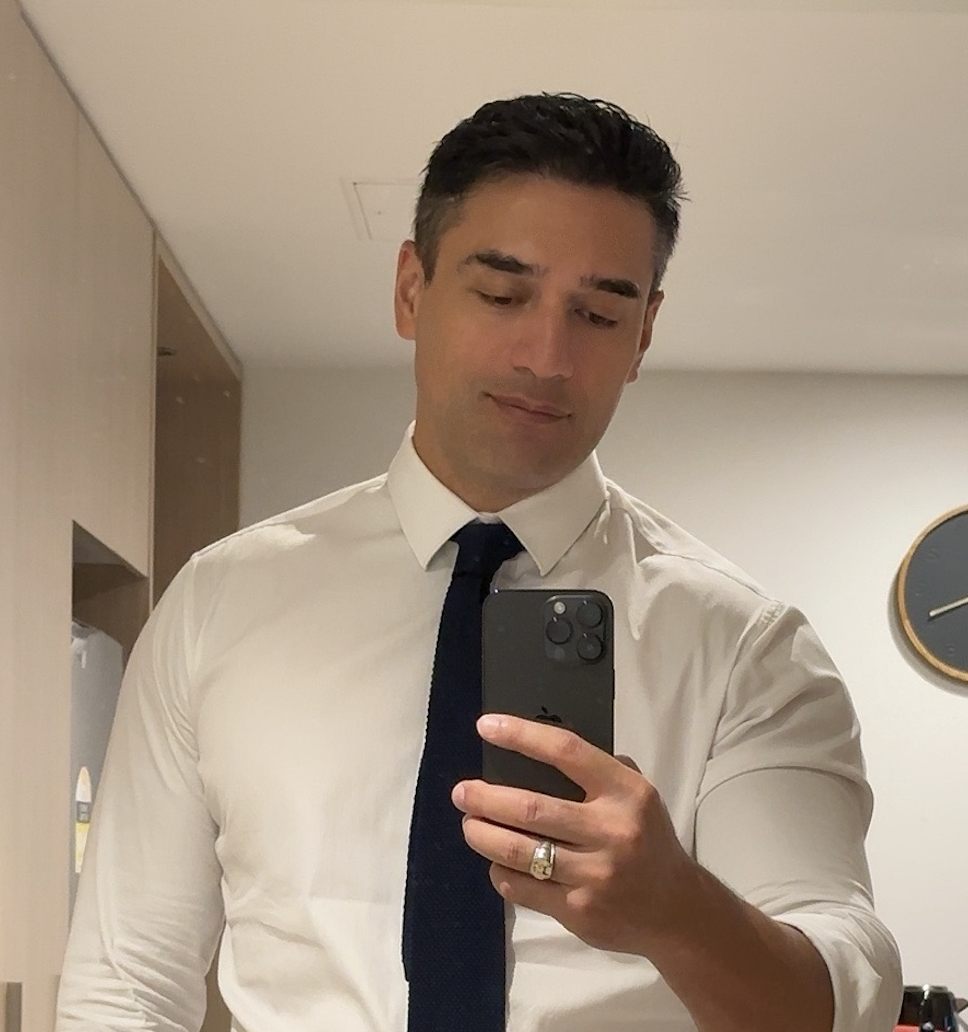How to think in decades—and lead across a lifetime.
Every long-distance father operates on two timelines.
You manage what’s immediate—calls, logistics, short check-ins. The tangible tasks of staying present.
And you invest in something deeper: trust, rhythm, and emotional memory. The parts that aren’t always seen, but are felt.
This is the tension—and the work. Balancing what must be handled now with what will only be visible years from now.
That’s the long game.
The long game of fatherhood isn’t about choosing between now and later.
It’s about holding both—clearly, consistently, and without flinching.
This letter is about that mindset.
Not how to win today.
But how to lead across time.
We’ll explore:
- Why short-term thinking can’t hold the full weight of the role
- What it means to parent like an architect, not a firefighter
- How to shape presence through rhythm and identity
- What future-oriented fatherhood looks like in real life
Note 1: Proximity May Be Limited—But Vision Can’t Be
As a long-distance father, you may not be in the room.
You may not manage the day-to-day. But you still carry a long-term role—one with structure, weight, and meaning.
That role collapses when your thinking gets too narrow. When you focus only on what you can control this week, or how you’re being perceived in the moment, you start reacting instead of leading.
A father without long-term vision becomes a responder.
A father with vision becomes a shaper.
You’re not just here to stay in touch.
You’re here to shape identity. And shaping identity requires more than effort. It requires foresight.
So widen the lens.
Zoom out—not to escape what’s hard, but to stay aligned with what actually matters.
Note 2: Fatherhood Is a 25-Year Project (At Minimum)
Your role as a father stretches far beyond any single phase. It’s not bound to childhood—it threads through adolescence, early adulthood, and beyond.
At five, you provide safety.
At fifteen, you shape values.
At twenty-five, you offer context and reflection.
Whether you’re physically close or far away, who you are over time becomes part of your child’s internal framework.
You’re not just building a relationship.
You’re helping shape:
- How they manage stress and self-doubt
- How they talk to themselves when no one else is around
- How they understand discipline, love, and long-term stability
Fatherhood doesn’t begin and end with a stage—it runs through every chapter, shaping the full story.
Note 3: Legacy Is Built Through Pattern—Not Performance
You don’t have to say the perfect thing. You don’t have to rescue every moment.
What matters is the pattern:
- Did you follow through when it wasn’t easy?
- Was your tone predictable, even under stress?
- Did you stay consistent—even when it felt thankless?
Kids remember rhythm more than they remember specifics.
And that rhythm becomes the voice they carry inside.
Steady beats over time.
That’s what builds trust.
Note 4: Legacy Thinking Isn’t Sentimental. It’s Structural.
Legacy is often seen as emotional or reflective. In reality, it's structural—shaped by what you repeat, model, and reinforce over time.
It’s repetition. Tone. Language. Presence.
Ask yourself:
- What do I reinforce?
- What do I model under pressure?
- What story am I writing through my actions—not just my intentions?
The quietest things you repeat often become the loudest things your child internalizes.
This is the long game:
Not a performance. Not perfection. Just structure—held in rhythm.
Note 5: Lead From Identity, Not Emotion
When you lead from emotion, you improvise.
When you lead from identity, you stabilize.
So define who you are in this role—clearly and practically.
- “I’m the kind of father who follows through.”
- “I respond calmly under pressure.”
- “I set a tone my child can rely on—whether I’m nearby or far.”
This isn’t about branding yourself—it’s about deciding how you want to show up, again and again, regardless of mood or moment.
And then follow through.
Fatherhood isn’t just about what you do.
It’s about what your presence communicates, even in your absence.
When your identity is solid, your child doesn’t have to wonder who you are.
That clarity holds—even through silence, distance, or change.
When you lead from emotion, you improvise. When you lead from identity, you stabilize.
So define who you are in this role:
- What kind of father am I committed to being, regardless of distance or difficulty?
- What tone and values will I bring—consistently—even when it goes unseen?
And then follow through.
Fatherhood isn’t just about what you do.
It’s about what your presence communicates, even in your absence.
When your identity is solid, your child doesn’t have to wonder who you are. That clarity holds—even through silence, distance, or change.
Note Summary – What to Lock In
- Long-distance fatherhood demands short-term presence—but long-term vision.
- You’re not just parenting for today. You’re forming emotional patterns that will shape the next two decades.
- Legacy is built through rhythm, not rescue. Through presence, not performance.
- Think in decades. Speak with tone. Lead with structure.
- Let your consistency carry forward—across years, across phases, across your child’s life.
Final word:
You may be far. You may be limited in time or access. But your ability to lead over time—through presence, tone, and rhythm—remains intact.
Zoom out.
Stay steady.
Play the long game.
Maximum Dad






